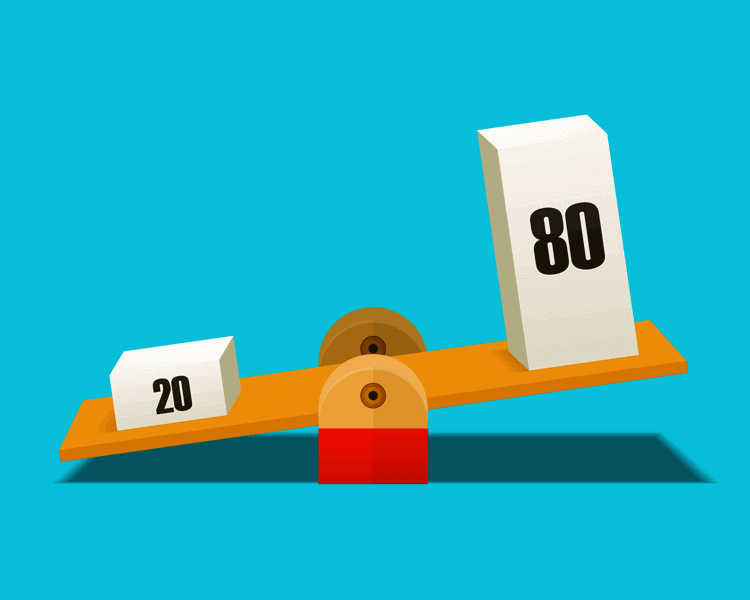Imagine this: it’s the end of the school day, and you find yourself buried under a mountain of paperwork, lesson planning, and never-ending to-do lists. The bell has rung, signaling the end of class, but your work is far from over. The hours stretch ahead, and with each passing minute, you feel the weight of exhaustion and overwhelm. Sound familiar?
As a teacher, your time is precious. Between preparing lessons, grading papers, attending meetings, and managing classroom chaos, it’s no wonder that time management becomes a real challenge. But here’s the thing: finding strategies to enhance your time management skills can be a game-changer, not just for your productivity, but also for your overall well-being.
In this article, we will explore the importance of time management for teachers and how it can significantly boost your productivity. From effective strategies to time management tools and overcoming common challenges, we’ll equip you with the knowledge and tools you need to take control of your time and find balance in your demanding profession. So, let’s dive in and discover how you can make the most of every precious minute.
Effective Strategies for Time Management in the Classroom
Time management is a crucial skill for teachers to master in order to create a productive and organized learning environment. Implementing effective strategies for time management in the classroom can greatly enhance the teaching experience and ensure that students receive the best possible education. Here are some proven techniques and tips that teachers can use to optimize their time:
Prioritize Tasks:
One of the first steps in effective time management is prioritizing tasks. Teachers should identify the most important and urgent tasks and allocate sufficient time to complete them. This helps them stay focused and ensures that essential responsibilities are not overlooked.
Create Schedules and Routines:
Having a well-defined schedule and routine is a powerful tool for managing time. Teachers can design a weekly or monthly schedule that outlines their daily activities, including lesson planning, grading, and professional development. Routines such as starting the day with administrative tasks or setting aside specific times for student feedback can help establish a sense of structure and predictability.
Delegate Tasks:
Teachers often try to handle every aspect of their workload, which can lead to overwhelm and burnout. Delegating tasks to support staff or involving students in certain classroom responsibilities can free up valuable time for teachers. For example, assigning students to take attendance or organize materials can promote student ownership and give teachers more time to focus on instruction.
Utilize Technology Tools:
Technology offers a multitude of resources that can streamline tasks and improve efficiency. Utilizing tools such as digital calendars, task management apps, and communication platforms can help teachers stay organized, manage deadlines, and collaborate effectively with colleagues and students. These tools can also support remote and hybrid learning environments, facilitating seamless communication and resource sharing.
“Effective time management is essential for teachers to maintain a healthy work-life balance and create a positive learning experience for their students.”
By implementing these strategies, teachers can increase their productivity in the classroom and reduce stress levels. It’s important to remember that time management is an ongoing process that requires continuous evaluation and adjustment. Teachers should experiment with different techniques, seek feedback from colleagues, and customize their approach to best suit their teaching style and classroom dynamics.
Examples of Effective Time Management Strategies:
| Strategy | Explanation |
| Pomodoro Technique | This technique involves working in short bursts of concentrated time (usually 25 minutes) followed by a short break. It helps maintain focus and prevents burnout. |
| Task Prioritization Matrix | Using a matrix, teachers can categorize tasks based on their importance and urgency. This visual representation helps identify high-priority tasks that require immediate attention. |
| Batch Processing | Grouping similar tasks together and completing them in one dedicated session saves time and reduces the cognitive load of switching between different activities. |
| Automated Grading Tools | Using technology tools that automate grading, such as online quizzes or grading software, can significantly reduce the time spent grading assignments, giving teachers more time for instruction and feedback. |
By incorporating these time management strategies into their teaching practice, educators can optimize their time, improve productivity, and create a more balanced and fulfilling professional life.
Time Management Tools for Teachers
When it comes to managing their time effectively, teachers often find themselves juggling multiple tasks and responsibilities. Fortunately, there are numerous time management tools and resources available that can help streamline their workload and increase efficiency. Whether it’s staying organized, setting priorities, or collaborating with colleagues, these tools are designed to cater to the unique needs of teachers.
Online Calendars:
One essential time management tool for teachers is an online calendar. These calendars allow teachers to schedule lessons, meetings, and other important events. By having a centralized platform where they can view their daily, weekly, and monthly schedules, teachers can effectively plan their time and avoid double bookings or conflicts.
Task Management Apps:
Another valuable tool for teachers is a task management app. These apps help teachers create to-do lists, set deadlines, and track progress on various projects and assignments. With these apps, teachers can prioritize tasks, delegate responsibilities, and ensure that nothing falls through the cracks.
Communication Platforms:
Effective communication plays a crucial role in time management for teachers. Communication platforms, such as messaging apps or online collaboration tools, allow teachers to connect with students, parents, and colleagues easily. By having a designated platform for communication, teachers can save time and avoid the back-and-forth of multiple email exchanges.
Using time management tools for teachers can significantly enhance their productivity and work-life balance. These tools provide teachers with the means to stay organized, prioritize tasks, and collaborate effectively. By harnessing the power of technology and utilizing these tools, teachers can focus their time and energy on what matters most: their students.
Time management is a critical skill for teachers, allowing them to efficiently navigate their demanding workload and ensure a balanced work-life schedule. However, many educators face common time management problems that can hinder their productivity. By recognizing these challenges and implementing effective strategies, teachers can overcome these obstacles and optimize their time management skills.
Interruptions
One of the primary time management problems for teachers is frequent interruptions. Whether it’s constant student questions, administrative tasks, or unexpected disruptions, interruptions can derail lesson plans and impede progress. To overcome this challenge, teachers can:
- Create a structured environment that minimizes distractions
- Establish clear boundaries and expectations for students and colleagues
- Utilize time blocks for focused work
- Delegate non-essential tasks to support staff or students
Multitasking
Teachers often multitask to juggle multiple responsibilities simultaneously. However, this can lead to decreased productivity and a higher likelihood of errors. To combat the multitasking trap, teachers can:
- Prioritize tasks based on urgency and importance
- Focus on one task at a time to ensure efficiency and quality
- Utilize technology tools to streamline routine tasks
- Delegate responsibilities when appropriate

Procrastination
Procrastination can be a significant time management problem for teachers, leading to last-minute lesson planning, grading delays, and added stress. To overcome procrastination, teachers can:
- Break tasks into smaller, manageable chunks
- Set deadlines for each task and hold themselves accountable
- Eliminate distractions and create a conducive work environment
- Utilize productivity techniques, such as the Pomodoro Technique
By addressing these common time management problems, teachers can enhance their productivity and create a more balanced and efficient work-life schedule. Implementing effective strategies, setting clear boundaries, and prioritizing tasks will enable teachers to optimize their time and provide the best possible education for their students.
Conclusion
In conclusion, effective time management is crucial for teachers to boost productivity and maintain a healthy work-life balance. By implementing the strategies and tools discussed in this article, teachers can optimize their use of time and enhance their effectiveness in the classroom.
Time management for teachers involves prioritizing tasks, creating schedules, and utilizing technology tools that streamline workload and communication. It also requires overcoming common challenges such as interruptions, multitasking, and procrastination.
By mastering time management skills, teachers can reduce stress, improve student outcomes, and achieve professional satisfaction. It is essential for teachers to take control of their time and make conscious efforts to enhance their productivity.
Incorporating effective time management practices into daily routines empowers teachers to create meaningful learning experiences, foster student engagement, and ultimately achieve success in their teaching careers.


